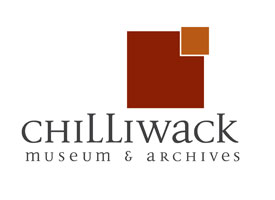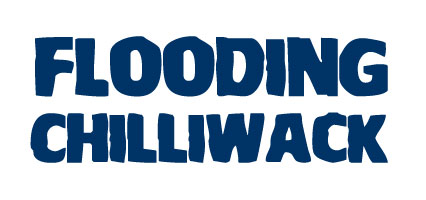

Flood Information and Resources
Recent Years
Flood Threat of 2007
Over the years, large snowfalls and unpredictable spring weather have threatened to flood the Fraser River. There were floods in 1951 and 1972 that caused property damage but not the same devastation as the 1948 flood. In 2007, a record high snowfall in the mountains caused many to fear a record high spring freshet. The Chilliwack community prepared for the possibilities of flooding, evacuation and damage to their property. Meetings were held to inform the public what actions to take if an evacuation was ordered. However, the water levels did not exceed the dykes and by mid-June the evacuation alerts were recalled.Flood Threat of 2009
The flood of 2009 came as a surprise to Chilliwack residents and did not follow the same template as previous floods. An unusual amount of snowfall at the end of December 2008 and early January 2009 melted at a fast rate when the weather warmed. Unfortunately, the culverts and drainage systems were not sufficient to handle the amount of run-off from the melted snow. Greendale was one of the hardest hit areas as flood water caused damage to homes, mudslides and road closures.Environmental Impact of Flood Protection
Since the arrival of Europeans to the Chilliwack Valley in the nineteenth century, the land has been dramatically altered. Development of land for farm use has been a major factor in the changes and river management is critical to the protection of the farm lands and the community. Farmers built ditches to drain swamps and bogs to make use of the fertile soil beneath. Draining the swamps and bogs meant extensive destruction of habitats.
The Sumas Lake Reclamation was the largest single flood control measure to take place in the Fraser Valley. The conversion of the lake into farmland destroyed fish, waterfowl and mammal habitat; essentially, it was the removal of an entire ecosystem. Dykes have also had a significant impact on habitats; they block and destroy side channels and tributaries where fish spawn. Today, no new dyke construction projects are taking place but flood control measures, such as dredging, have ongoing effects on the rivers.
Gravel removal, or dredging, is a hot issue of debate between environmentalists and the Provincial government. Thorough studies have not been conducted about the effect of gravel removal on species such as the salmon and sturgeon that spawn in the Fraser River gravel reach. Biologists have advised that gravel removal should not take place until further studies have been performed. However, three gravel removal projects were approved for the 2010 year. A Federal Auditor-General report stated that in 2006, nearly 2.25 million juvenile pink salmon were killed during a gravel removal project. Continued discussions and further, objective, studies need to take place to assure the protection of both community and ecosystems.
More Information
- Do you live in the flood plain? View the map, or visit the Chilliwack Archives to find out more.
- Watch our video on flooding in Chilliwack - contact us to order it today.
- Search our flood images online.
- Visit the City of Chilliwack website to watch for alerts, updates on current flood threats and what to do in case of flood.
- Visit the River Forcast Centre website.
- Interested in the complete history of high water in the Fraser Valley? Information at the archives:
- Subject files on floods, flooding and flood threats - includes articles, maps and lists of resources
- Newspapers dating from 1891
- Book available for sale: Sandbags and Rubber Boots by Carol Baird.
- Book available for reading in the archives: High Water by K.J. Watt
Credits
- Online history written by April Gerwatoski 2010
- Website by Shannon Anderson 2010
- Images (c) Chilliwack Museum and Archives





Chilliwack Museum and Archives 45820 Spadina Avenue, Chilliwack, BC, Canada V20 1T3 [604.795.5210]
